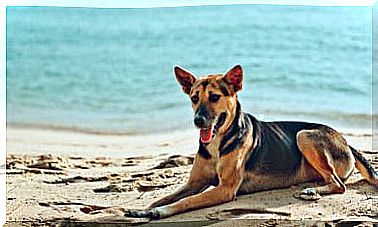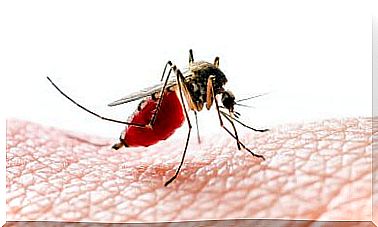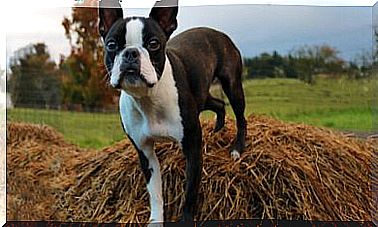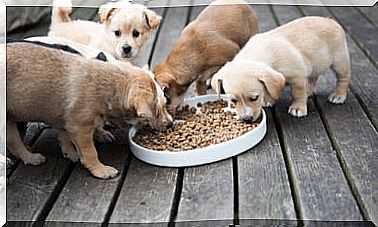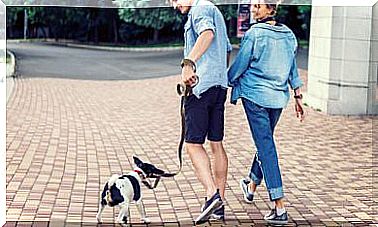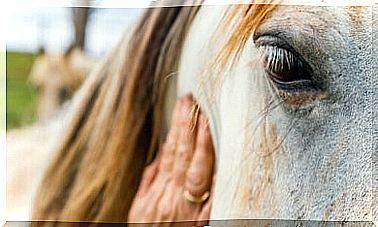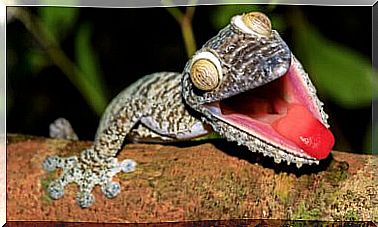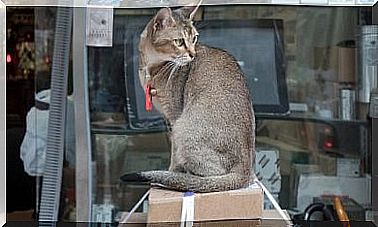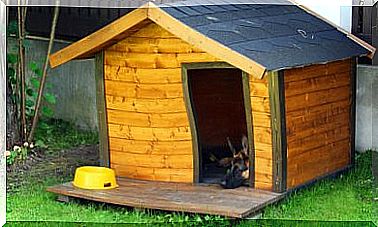Stomach Cancer In Dogs: What To Do If Detected?

Stomach cancer in dogs is one of the most lethal diseases, both due to the aggressiveness of the symptoms and the lack of effectiveness of the treatments. However, identifying the signs of this condition in its early stages can lengthen the life expectancy of those affected.
Despite being one of the most serious pathologies, the statistics show that it is not very representative in the group of canine neoplasms, less than 0.5%. Even so, it is advisable for pets to follow a healthy preventive lifestyle, as a poor diet can lead to its appearance.
Stomach cancer in dogs is more common among the different varieties of Belgian shepherds, the Flemish sheepdog, the chow chow, the akita or the keeshond. The control of these breeds should be more exhaustive, especially if chronic gastrointestinal disorders are observed.
Types of stomach cancer in dogs
Although there are different varieties of gastrointestinal cancers, all of them have a highly serious symptomatology and prognosis.
- Adenocarcinomas. They are tumors that originate in the mucous membranes of the digestive tract, and that can spread to other organs. The stomach, small intestine, large intestine, and rectum are the most affected areas. It usually affects dogs older than six years and its severity makes it very difficult to treat.
- Leiomyosarcoma. Specific organ tumor with one or more cavities such as the stomach, uterus, or airways. It specifically affects the walls: it can spread to lymph nodes, liver, spleen or kidneys in the most severe cases.

- Lymphoma. The name of this tumor is due to its link with the lymph nodes and lymphocytes and, among other organs, it can affect the stomach. It has a higher incidence in dogs between six and nine years old, with boxer, Saint Bernard or bulldog being the most prone.
- Mast cell tumors. Mast cells are cells belonging to the immune system that act in processes of inflammation and response to allergens. Despite being present in almost all body tissues, the walls of the digestive tract are highly concentrated. When they affect the stomach, excessive secretion of heparin and histamine occurs with consequent stomach ulcers, in addition to other autoimmune problems.
Symptoms, diagnosis and treatment
Stomach cancer in dogs is characterized by symptoms of vomiting, anorexia, and weight loss. Vomiting of blood, the expulsion of black stools due to the presence of degraded blood, anemia, lethargy, bloating and abdominal discomfort can also appear.
In general, the disorders associated with gastrointestinal tumors tend to coincide with those of chronic gastritis, hence the complexity of the diagnosis.
The correct determination of the disease usually occurs when it is highly developed, which makes treatment of the animal difficult. The analysis of urine, blood and stool, abdominal radiographs after ingestion of contrast substances and ultrasounds to detect inflammations are part of the identification protocol. In cases of spread to other organs, an endoscopy may also be necessary.
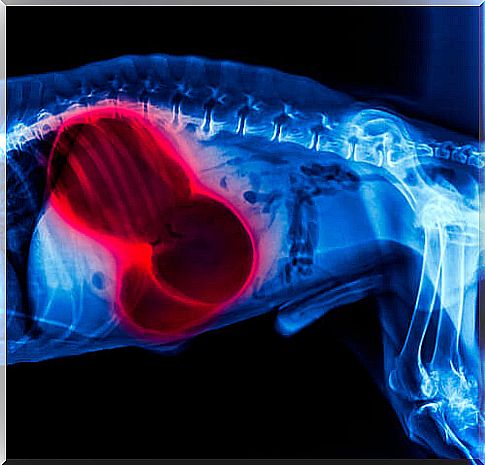
Except in cases of lymphoma, most of the time the tumor is removed. Once practiced, the veterinarian will guide the type of diet that best suits the degree of deterioration suffered, for which he will assess whether the weight loss has been very drastic.
Normally, it is this low weight that causes the weakening of the animal’s immune system, which, combined with advanced age, tends to bring death forward.
Although genetic predisposition is one of the most important factors when developing the disease, prevention always tends to lower its incidence. Therefore, following an adequate lifestyle with the necessary diet and exercise will contribute to improving the quality and life expectancy of the dog.
